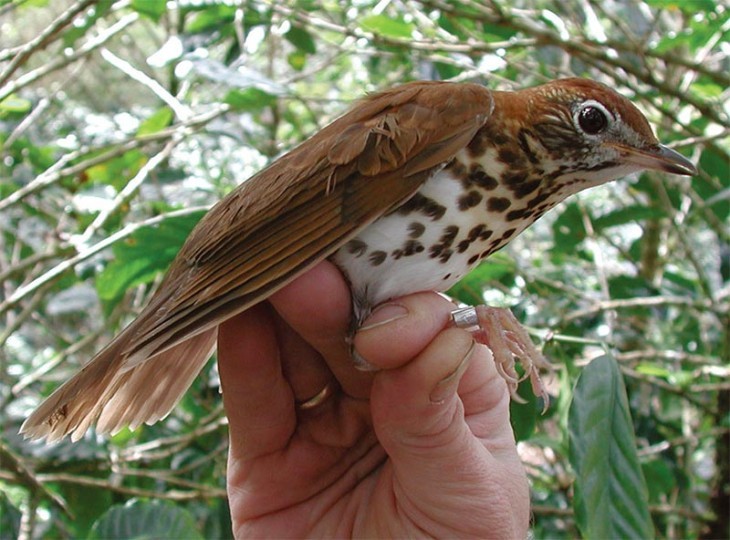Researchers have long believed that the changing climate will force most species of birds to shift their ranges to follow their preferred climate niches. Rather than adapting to the new climate conditions in their current ranges, birds will, in most cases, move north or to higher elevations as the planet warms.
But a new study has reached conclusions counter to that long-held assumption.
Joel Ralston, a former University of Massachusetts ecologist who’s now at Saint Mary’s College in Indiana, found that a previously ignored factor – bird population trends – also plays a role in determining whether and how birds may shift their range.
Ralston discovered that birds that have increased in abundance over the last 30 years now occupy a wider range of climate conditions than they did 30 years ago, and declining species are occupying a narrower range of climate conditions than they did 30 years ago.
“It was previously thought that as species expand their ranges, they would do so while maintaining their climate niche,” Ralston said. “We show that as species become more abundant, they are actually moving into new climate conditions, and declining species are disappearing from some of the climate conditions they used to be found in.”
The researchers compared data from Breeding Bird Surveys from 1980 to 1982 and 2010 to 2012 for 46 species, and overlaid the climate conditions each species occupied during those years to establish their “climate niche breadth.”
Using this methodology, Ralston found that the wood thrush, a close relative of the American robin, declined in population by about two percent each year for the last 30 years, and during that time it also showed a 7.5 percent decrease in its climate-niche breadth. The grasshopper sparrow, a species of conservation concern due to loss of habitat and declining populations, has experienced a 43 percent decline in climate-niche breadth.
Many of the bird species that are increasing in abundance and increasing the breadth of their climate niche are species commonly found in suburbia. And Ralston said that there is an important lesson in this fact.
“Anything we can do to increase bird populations – maintaining bird feeders, planting native plants, keeping cats indoors – can indirectly help those species respond to climate change. A lot of the species that are doing best at tracking climate, like bluebirds and red-bellied woodpeckers, are those that are benefitting from human activities.”
He said the implications of the study are significant.
“Currently, when conservation biologists make predictions about how species will respond to climate change in order to make decisions about what habitats to protect, they are assuming that these species in the future will be occupying the same conditions as today,” Ralston said. “We show that that isn’t necessarily true. These future models might over-predict the conditions declining species will be found in. We’d be better informed if we try to include population trend and its effect on climate-niche breadth when planning what habitats to protect.”


